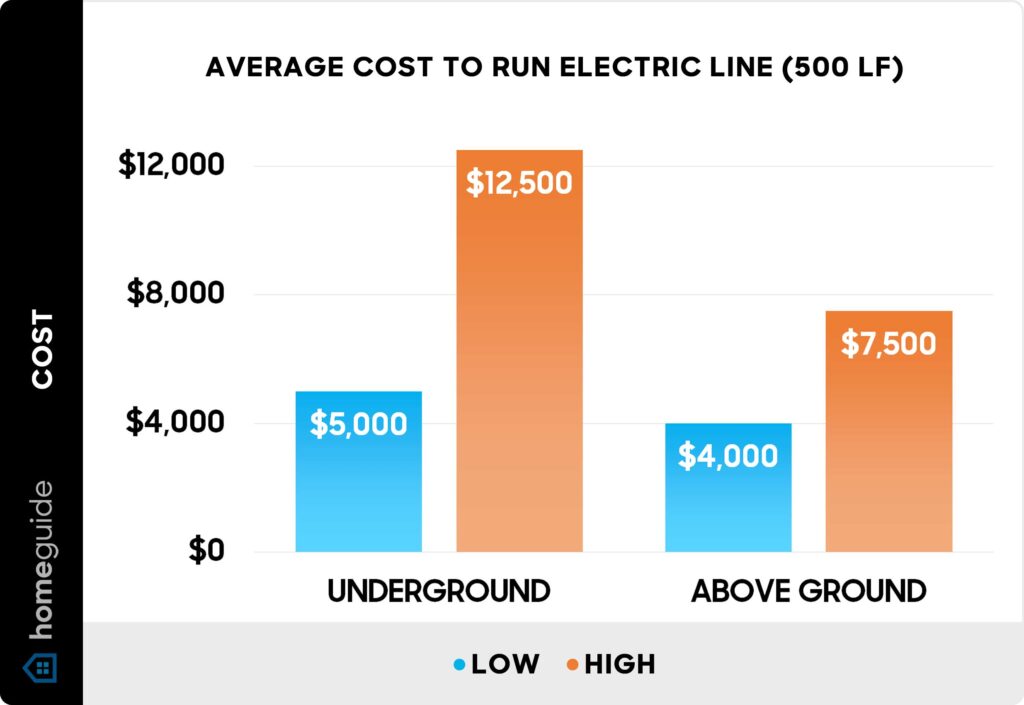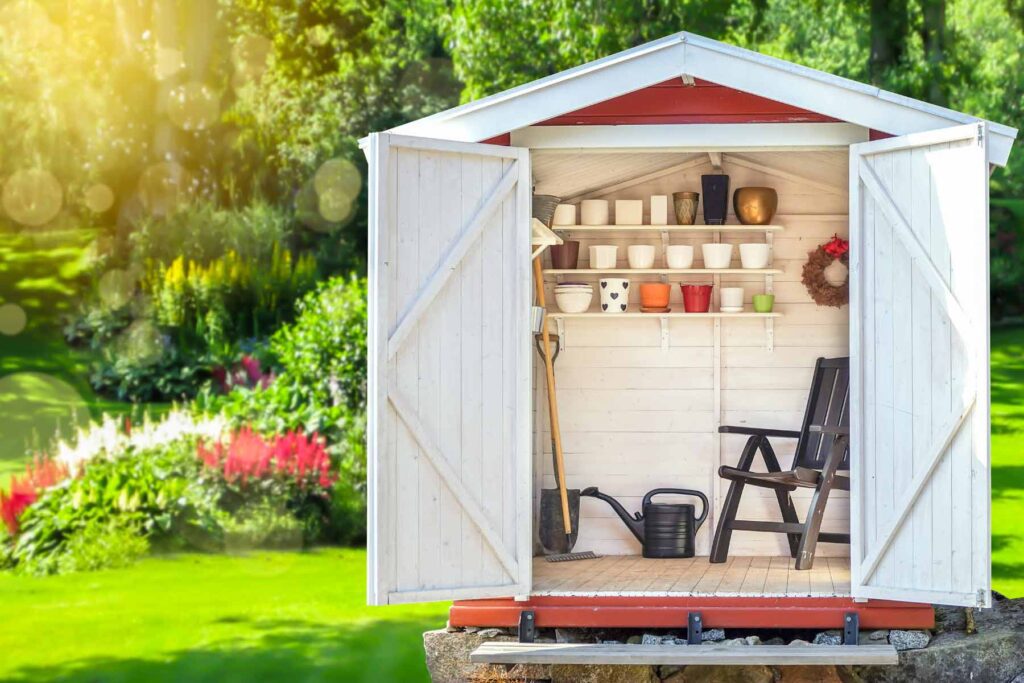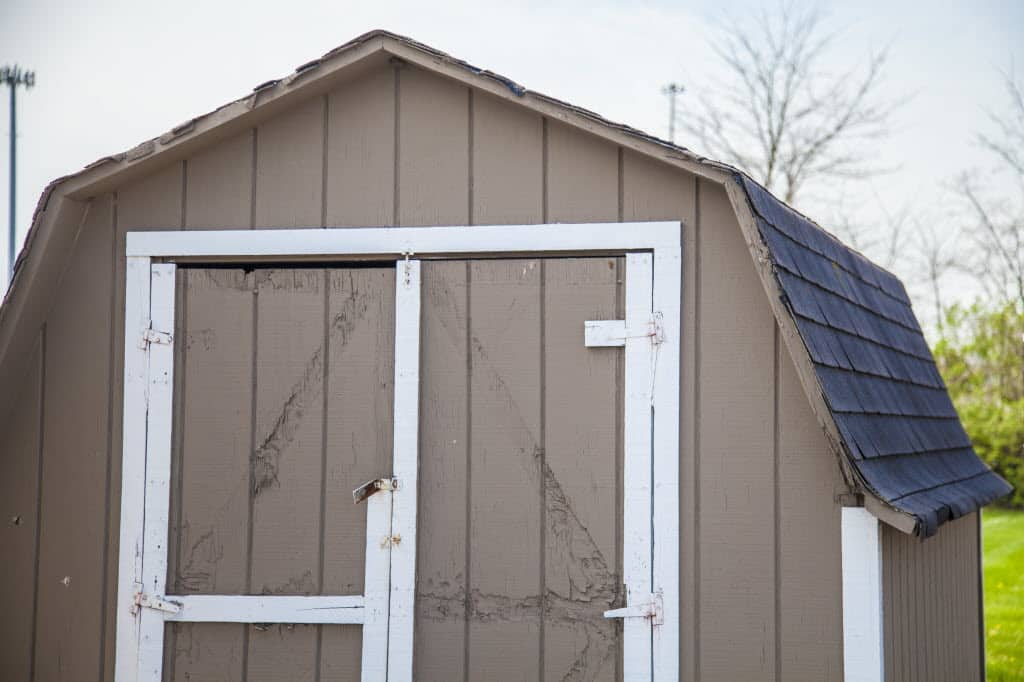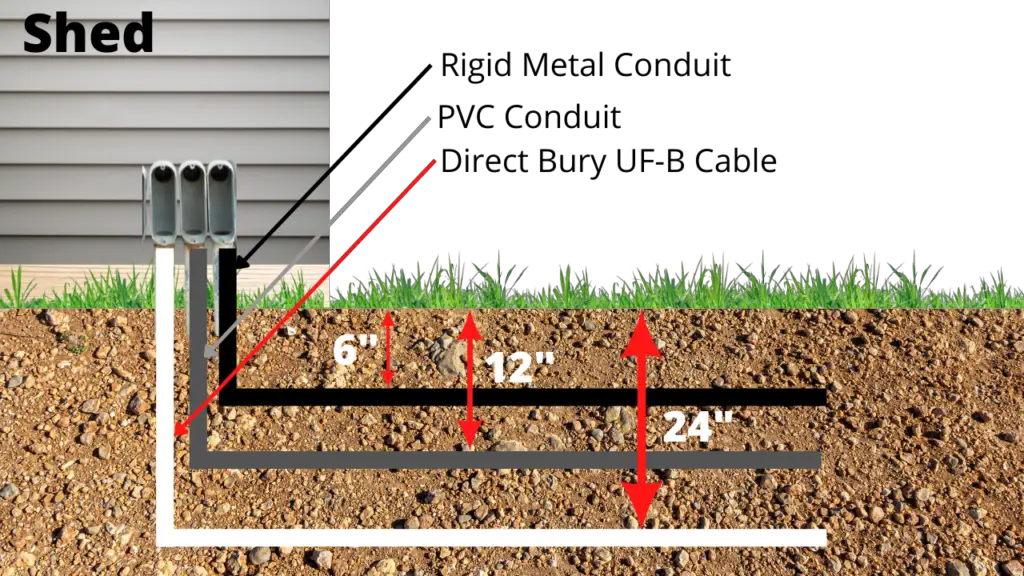Have you ever wondered how much it would cost to run an electrical line to a shed? Whether you’re planning on turning your shed into a workshop or simply want to have electricity for additional lighting and power outlets, understanding the potential cost is crucial. In this article, we’ll explore the factors that can affect the overall expense of running an electrical line to a shed, so you can budget accordingly and make an informed decision.


Factors to Consider
Distance from the House
The distance between your house and the shed is an important factor to consider when calculating the cost of running an electrical line. The further the distance, the more materials and labor will be required. Keep in mind that longer distances may also require special types of electrical lines, which can increase the overall cost.
Type of Electrical Line
There are different types of electrical lines that can be used to connect a shed to your house. The type of line you choose will depend on several factors, including your specific needs and local regulations. For example, if the shed is located far from the house, an underground electrical line may be the best option. On the other hand, if the distance is relatively short, an overhead electrical line might be more cost-effective.
Shed Size and Usage
The size and usage of your shed will also impact the cost of running an electrical line. Larger sheds may require more electrical outlets and lighting fixtures, which will increase the overall cost. Additionally, if you plan to use your shed for heavy-duty equipment or appliances, you may need a higher voltage electrical line, which could result in additional expenses.
Local Building Codes
Before you begin any electrical work on your shed, it’s important to research and understand the local building codes and regulations in your area. These codes will dictate the specifications and requirements for running an electrical line to your shed. It is crucial to comply with these codes to ensure the safety and legality of your electrical installation. Failure to do so can result in fines and potential hazards.
Permits and Regulations
Research Local Regulations
Once you’ve familiarized yourself with the local building codes, it is essential to research any additional regulations specific to electrical installations. Some areas may require specific permits, inspections, or certifications before you can proceed with running an electrical line to your shed. Understanding these regulations beforehand will save you time and potential complications down the road.
Obtain Necessary Permits
In many cases, you will need to obtain one or more permits before you can legally run an electrical line to your shed. The specific permits required can vary depending on your location, so it’s important to reach out to your local permitting authority for guidance. The cost of these permits can also vary, so be sure to budget accordingly.
Find a Qualified Electrician
While some homeowners may have the skills and knowledge to complete electrical work themselves, it is often recommended to hire a qualified electrician for running an electrical line to a shed. Hiring a professional ensures that the work is done safely and up to code, giving you peace of mind. However, be sure to research and hire a reputable electrician to ensure quality workmanship and fair pricing.


Cost Components
Materials and Equipment
The cost of materials and equipment is a significant factor when estimating the overall cost of running an electrical line to a shed. This includes the electrical wire, conduits, breaker panels, outlets, lighting fixtures, and any other necessary components. The cost of these items can vary depending on their quality, type, and quantity required for your specific shed project.
Labor Costs
Labor costs will vary depending on whether you choose to hire a professional electrician or do the work yourself. If hiring a professional, the cost will typically be higher due to their expertise and experience. If you decide to tackle the project yourself, be sure to factor in the time it will take to complete the installation, as well as any potential mistakes or rework that may be required along the way.
Additional Expenses
In addition to the materials and labor costs, there may be additional expenses associated with running an electrical line to your shed. These could include permit fees, inspection fees, and any miscellaneous supplies or tools required for the installation. It’s important to account for these additional expenses when budgeting for your project to avoid any unexpected costs.
Cost Breakdown
Electrical Wire Cost
The cost of electrical wire will depend on the type and length required for your shed installation. The wire itself can range in price, with higher-quality and heavier-gauge wires typically costing more. Additionally, if your shed requires a longer electrical line, you will need to purchase more wire, further increasing the cost. It’s essential to calculate the wire cost accurately to ensure you have enough for the installation without overspending.
Labor Cost
If you choose to hire a professional electrician, the labor cost will be one of the significant components of the overall cost. Electricians often charge an hourly rate or a flat fee for specific projects. The labor cost will depend on the complexity of the installation, the time required, and the electrician’s rates. It’s advisable to obtain quotes from multiple electricians to compare prices and ensure you are getting a fair deal.
Permit Fees and Inspection
Running an electrical line to a shed typically requires permits and inspections to ensure compliance with local regulations. These fees can vary depending on your location and the specific requirements. It’s important to factor in these permit fees and inspection costs when estimating the overall cost of your project.
Additional Expenses
There may be additional expenses associated with your shed’s electrical installation that are not directly related to materials or labor. These could include any miscellaneous supplies, tools, or equipment needed to complete the job. It’s a good idea to create a checklist of all potential additional expenses and budget accordingly to avoid any surprises during the installation process.


DIY vs. Hiring a Professional
Pros and Cons of DIY
One option for running an electrical line to your shed is to do it yourself. This approach can potentially save you money, especially if you already have experience with electrical work. However, there are several factors to consider before deciding to go the DIY route. Electrical work can be dangerous if not done correctly, and mistakes can lead to serious injuries or even fires. Additionally, DIY projects often take longer to complete, as you may need to research and learn the necessary skills. It’s crucial to weigh the pros and cons and determine if you have the knowledge, skills, and time to complete the project safely and effectively.
Benefits of Hiring a Professional
Hiring a professional electrician offers several benefits when it comes to running an electrical line to your shed. Firstly, electricians are trained and experienced in electrical installations, ensuring the work is done correctly and up to code. This provides peace of mind knowing that your shed’s electrical system is safe and reliable. Additionally, professionals can complete the installation more efficiently, saving you time and potential frustrations. Hiring a professional also eliminates the need to purchase specialized tools or equipment, which can be costly if you only plan to use them for this one project.
Estimated Costs
Basic Electrical Line
For a basic electrical line running from your house to a nearby shed with minimal electrical needs, you can expect to spend between $500 and $1,500. This estimate includes the cost of materials, labor (if hiring a professional), permits, and inspections. However, keep in mind that local variations in prices and regulations may affect the final cost.
Underground Electrical Line
If your shed is located further away from your house, an underground electrical line may be necessary. Underground lines require digging trenches and burying the electrical wire, making the installation more complex and costly. For an underground electrical line, you can expect to spend between $2,000 and $5,000, depending on the distance, materials, and labor involved.
Advanced Electrical Line
If your shed requires a higher voltage electrical line or has more complex electrical needs, the cost will be higher. Advanced electrical lines, such as those capable of powering heavy machinery or multiple appliances simultaneously, can range from $5,000 to $10,000 or more. These installations often require specialized equipment, additional labor, and may even involve upgrading your main electrical panel to handle the increased power load.


Tips to Reduce Costs
Do It Yourself
If you have the necessary skills and experience, opting for a DIY approach can help reduce costs significantly. However, it’s essential to assess your abilities accurately and only take on the project if you are confident in your electrical knowledge and skills. Remember to prioritize safety and follow all local regulations and codes.
Shop for Affordable Materials
To cut down on costs, consider shopping for affordable materials without compromising on quality and safety. Compare prices from different suppliers and look for discounts or promotions. However, be cautious of purchasing subpar materials, as they may not be reliable in the long run and could lead to more significant expenses down the line.
Consider Partial Installation
If the cost of running a complete electrical line to your shed is beyond your budget, consider a partial installation. This means only connecting essential electrical components, such as a single outlet or lighting fixture, with the option to expand the electrical system later. This approach allows you to start using the shed while keeping costs down. Just be sure to plan for future expansions during the initial installation to avoid additional work and expenses in the future.
Conclusion
Running an electrical line to a shed requires careful consideration of various factors, including distance, electrical line type, shed size and usage, and local building codes. Obtaining the necessary permits and adhering to regulations is essential to ensure a safe and legal installation. The cost of running an electrical line will depend on materials, labor, permits, and any additional expenses. You have the option to tackle the project yourself, but hiring a professional electrician offers several benefits in terms of safety, efficiency, and expertise. By estimating the costs, exploring cost-saving options, and choosing the best approach for your situation, you can successfully and affordably bring power to your shed.









